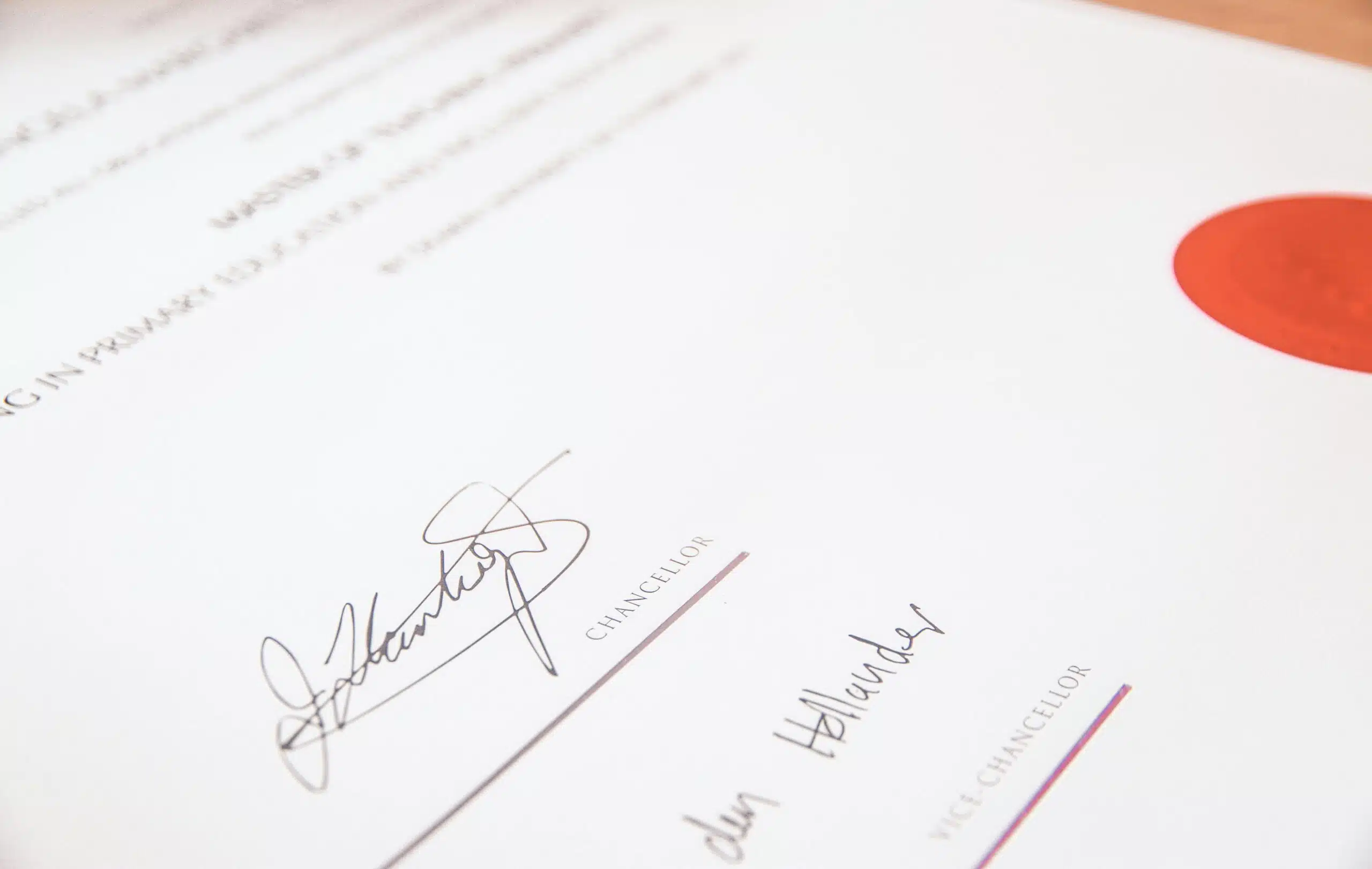Registering a trademark is generally good for your business. Trademarks are valuable and increase in value over time. While trademarks have some legal protection just by existing and being used, those legal protections are significantly enhanced by registering the trademark with the US Patent and Trademark Office (“USPTO”). Registration is accomplished by filing an application with the USPTO. While it is possible to register a trademark without a lawyer, it is much preferable to use experienced trademark attorneys — like those at Revision Legal. If you are searching for “the best trademark attorneys,” call us at 231-714-0100 or 855-473-8474. Our costs are reasonable, and using a top-rated trademark Law Firm avoids the many mistakes that can be made when completing and filing the application.
Mistakes will result in the application being denied, numerous Office Actions from the Examining, or the need to amend the application. The other danger is that the application will be approved, but that because of mistakes, the registration does not fully protect your trademark with all of the products and/or services with which you are using the trademark. Below are three of the biggest mistakes to avoid when completing your trademark application.
Choosing the Wrong Class or Subclass or Not Choosing Enough Classes
Every trademark must be associated with at least one trademark Class and subclass. The Class or Classes that are selected create the “boundaries” of the legal protections that are provided by registration. Select the wrong Class and/or subclass, then, essentially, your trademark — even if registered — will offer no extra legal protections. Moreover, if you do not select ALL the correct Classes, then there is a danger that your trademark will be legally under-protected.
Selecting the correct Class (or Classes) can be complicated because many goods and services will fall into different Classes depending on use. For example, salt has at least two Classes — Class 030 for table salt used as/in food and Class 001 for salt used as a chemical for de-icing and for something like food preservation. Selecting the correct subclass can also be complicated. De-icing salt and salt-as-food preservative have two different subclass numbers.
Failing to Submit Proper Specimens of Use
To register a trademark, an applicant must prove that the trademark is being used in commerce. Or, if an intent-to-use application is filed, then later in the process, the applicant must submit specimens of use before the registration can be finalized. In either case, a mistake that is often made is submitting improper specimens of use. For example, showing a screenshot of your trademark on a website page is, without more, typically NOT a proper specimen of use.
Failing to Properly Disclaim
Another common error to avoid is failing to properly disclaim. Generally, it is not possible to trademark common words like “big,” “green,” or “farm.” Likewise, if your proposed trademark is a logo or design, it is not possible to trademark common shapes and marks like a triangle, circle, or square. If your proposed trademark contains non-trademarkable elements, your trademark registration will be denied unless you have properly disclaimed an intent to trademark the non-trademarkable elements.
Contact the Trademark Attorneys at Revision Legal For more information, contact the experienced Trademark Lawyers at Revision Legal. You can contact us through the form on this page or call (855) 473-8474.




